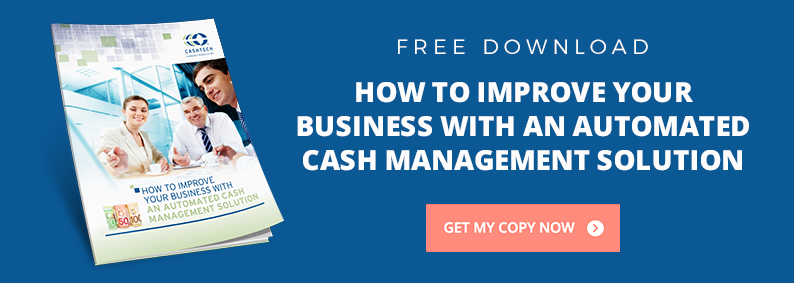Most retailers allow their customers to pay for goods and services with their preferred method. That could include cash, credit, debit, and even cheque.
You probably feel compelled to meet consumer demand by providing greater payment choice, even though some methods are more expensive than others. All payment methods have their own unique costs, drawbacks, and benefits.
Understanding the costs and benefits associated with each can allow you to better understand your spend in order to make more informed decisions to reduce your costs.
Debit
Your establishment needs to have the adequate technology to accept debit cards. This means that you’re required to invest in payment-processing services, card network communication lines, as well as POS terminals, maintenance, upgrades, and repairs. In addition you’ll have variable fees per transaction, and the total of this expense will depend on volume. Generally, these fees range from 0.2% to 2% per transaction, on top of a flat fee between $0.11 and $0.25.
Though you’ll have technology costs as well as transaction fees for accepting debit cards at your store, this payment option does come with some advantages as well. You’ll have lower labour and operational costs, have a higher rate of accuracy and fewer losses, and you’ll see a higher rate of sales by allowing customers to pay with their debit cards if they do not have cash on them. Particularly when it comes to smaller purchases, accepting debit is a good choice.
Credit
To accept credit cards, you’ll have the same required technology costs as those needed for accepting debit, including payment-processing services and POS terminals. However, you’ll have higher per-transaction fees. They range from 1.5% to 4% plus a $0.20 to $0.30 flat fee on top of that. You can reduce these costs by accepting only the credit cards that charge merchants the lowest fees, such as Visa and MasterCard.
Though many retailers dislike offering a credit payment option due to the higher fees, there are many advantages to doing so. Firstly, it can increase your sales opportunities by as much as 23% because it enables your customers to make purchases that they might not be able to afford otherwise. They can buy now and pay later with credit, which is often tempting in store. In addition, consumers who pay with credit tend to spend on average 20% more, which can allow you to boost your bottom line. Accepting credit also helps to improve productivity, lower your operational costs and overhead, enhance your business image, and help improve customer service due to the flexibility, convenience, and speed of this payment option.
Cheque
Though most retailers do not accept cheques, some businesses do, particularly in B2B sales. The cost associated with accepting cheques is typically found in the operational and labour costs. If you have not integrated cheque scanning technology, then you have to manually deposit each cheque at the bank, which wastes time and reduces productivity. It also hurts your cash flow as you have to wait for the funds to be available to you. However, accepting cheques can help you improve sales, particularly when it comes to big purchases as most customers won’t want to carry large amounts of cash with them and may have limits on their debit and credit cards.
Cash
Finally, you have good old cash. Although most retailers believe that it’s the cheapest payment option, cash is actually very expensive to accept, especially if you have poor cash management—the costs are just hidden and less obvious. Labour costs are higher because you have to count, sort, store, and deposit cash by hand, and you could be spending a lot on human error losses, theft, and counterfeit fraud as well. Accepting cash is beneficial: it’s good for cash flow, it’s more cost effective for smaller purchases, and it doesn’t require you to pay monthly fees, but it’s riskier and more expensive than the other options.


